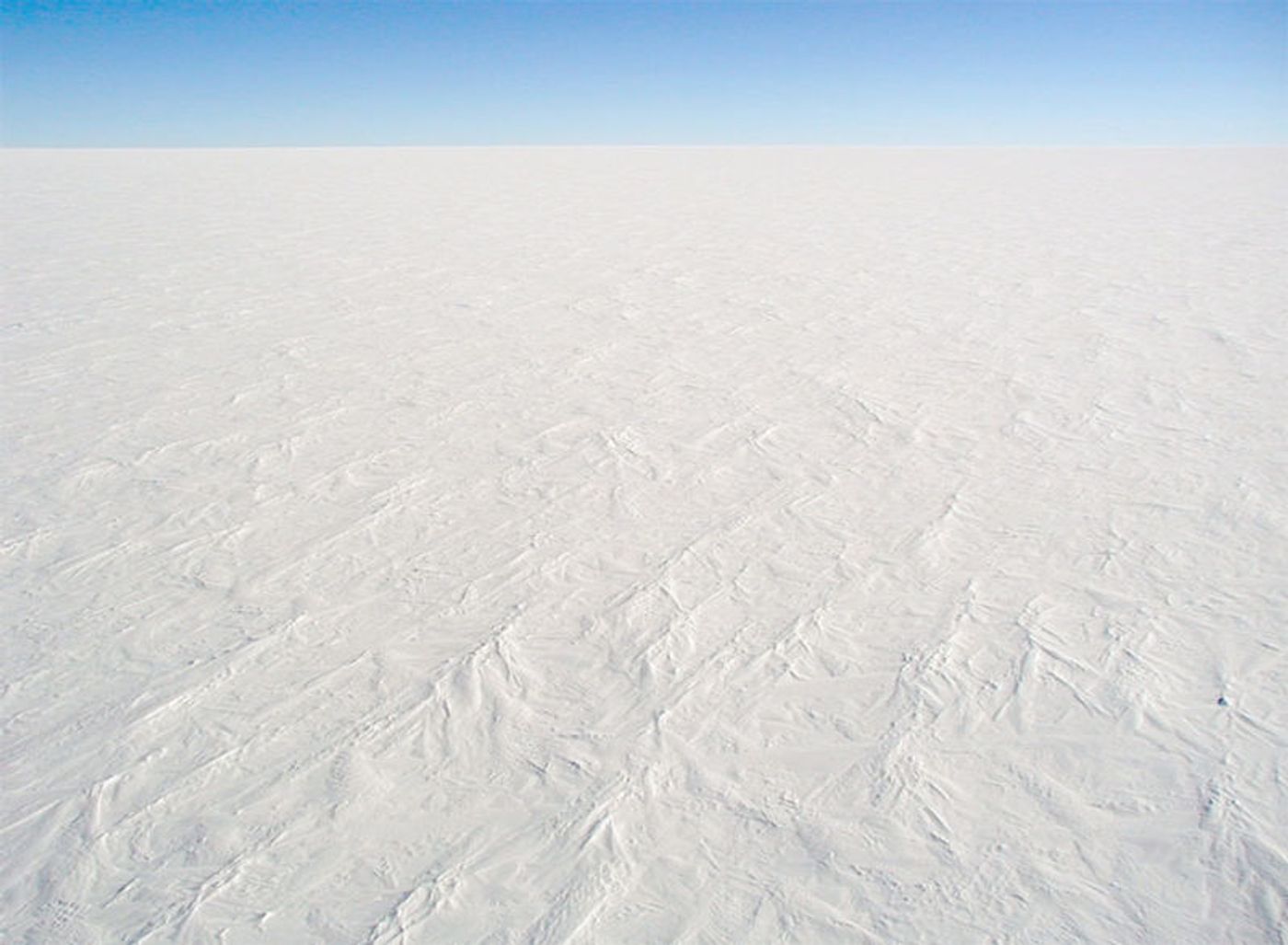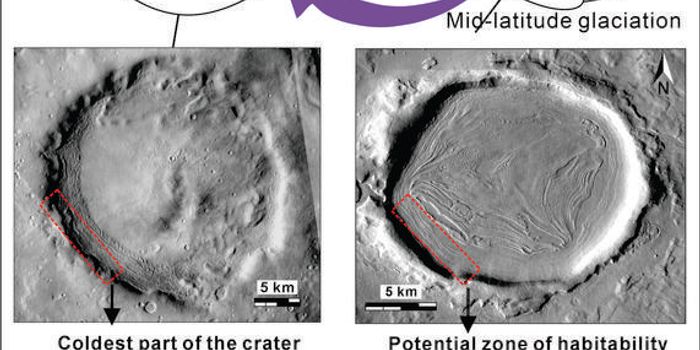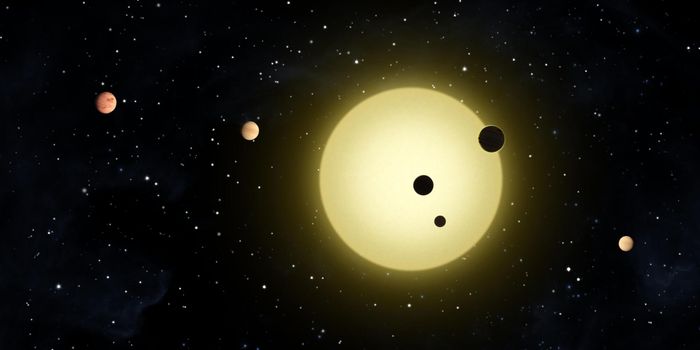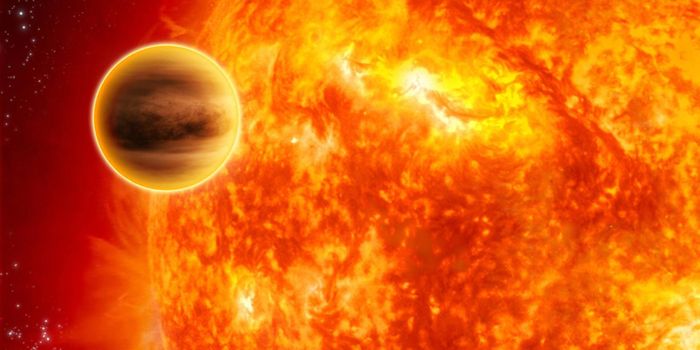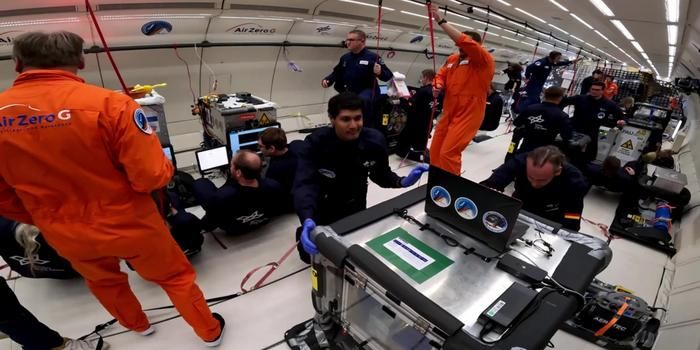Drilling Begins for Antarctica's Oldest Ice
One of the pivotal sets of data in understanding Earth’s climate have been the EPICA ice cores from Antarctica, pieces of ice which house bits of Earth’s atmosphere frozen in time for up to 800,000 years. Now, researchers are embarking on a journey to unearth a new set of ice cores as part of the Beyond EPICA-Oldest Ice campaign. With the venture, the diverse team of glaciologists, engineers, and technicians hope to peer back even further in time and learn about Earth’s climate and atmosphere as they were 1.5 million years ago.
EPICA stands for European Project for Ice Coring in Antarctica, a fitting name for a project funded by the European Commission and coordinated by Italian-French partnerships along with a host of European and non-European research institutes. While the project started in 2019, the inaugural drilling has only recently begun, and the researchers hope to complete drilling by January 2022. In their search to learn more about Earth’s past climate, the polar team will have to bear one of the world’s most extreme modern environments and “will experience average Antarctic summer temperatures of -35°C.”
While the state of the climate as it was 1.5 million years ago might seem far removed from modern times, understanding what the Earth’s climate has been like and how it has changed is vitally important to understand current changes in today’s climate. A key finding from the first EPICA core data was the difference between the historic rate of change of climate states and the rate we have experienced in the past two centuries, an unbelievably rapid increase. This new data set of ice cores will hopefully deliver similarly important findings.
According to program coordinator Carlo Barbante, the research team believes “this ice core will give us information on the climate of the past and on the greenhouse gases that were in the atmosphere during the Mid-Pleistocene Transition… During this transition, climate periodicity between ice ages changed from 41,000 to 100,000 years: the reason why this happened is the mystery we hope to solve.” This second Antarctic drilling will hopefully serve as another expansion of knowledge about both historic and current climate changes. Such an expansion could better equip us to both understand and deal with the unparalleled changes we are now experiencing.
Source: Beyond EPICA
Banner Image Source: CSIRO
Article Image Source: Stephen Hudson
